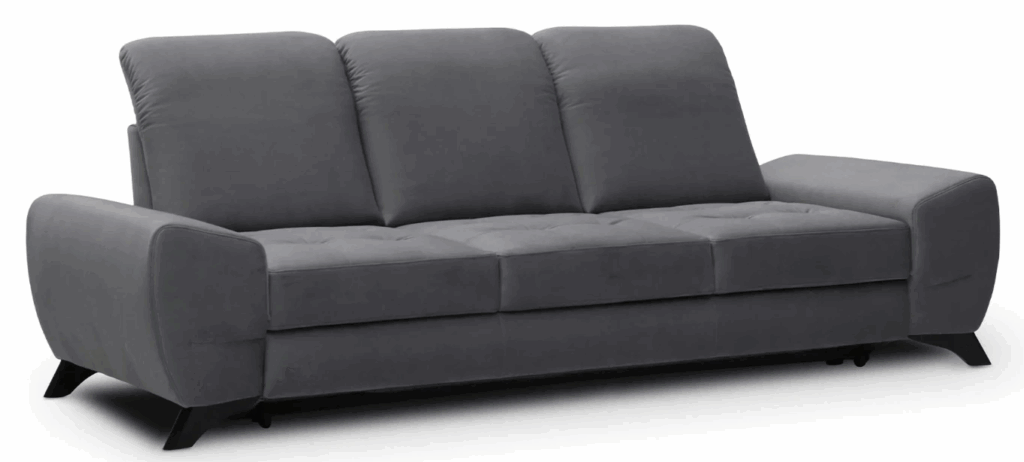Posted on April 10, 2025
The best cleaning hacks for glass furniture
The best cleaning hacks for glass furniture – how to clean glass tables
Glass furniture adds elegance, lightness and modern charm to any interior. Whether it’s a coffee table next to your sofa, a sleek side table beside a sofa bed or a dining table in an open-plan space, glass surfaces can instantly elevate the look of a room. However, to keep them looking their best, regular care and smart cleaning techniques are key.
Smudges, fingerprints and dust are inevitable, especially on clear or mirrored surfaces. But with the right approach, you can maintain a spotless shine with minimal effort. Knowing how to clean glass tables effectively not only improves appearance but also extends their life by preventing scratches or surface damage caused by abrasive materials or improper products.

Tools and products that really work
The foundation of a clean glass surface starts with choosing the right materials. Use a soft microfibre cloth or a lint-free cotton towel to prevent streaks and reduce static. For everyday cleaning, a mixture of water and white vinegar works well—simply spray and wipe. If you prefer ready-made solutions, opt for the best glass cleaner UK that’s ammonia-free to avoid damaging surrounding materials such as wood or metal frames.
For stubborn marks, try using rubbing alcohol applied with a damp cloth, followed by a dry wipe. Never use paper towels or rough sponges, as they can leave fibres behind or cause micro-scratches. And when polishing, move in circular motions rather than straight lines to avoid streaking. These small details make a big difference when maintaining the shine on your corner sofa side tables or any other glass accents.
Preventing scratches and long-term damage
To keep your glass furniture looking pristine, prevention is just as important as cleaning. Invest in scratch-resistant glass furniture when possible, especially if you have children or pets. These specially treated surfaces are more durable and resistant to wear. Still, it’s best to avoid placing heavy or sharp-edged items directly on the surface. Use placemats, coasters or decorative trays to reduce the risk of marks or chips.
Also consider strategic furniture placement. Avoid positioning glass pieces in high-traffic areas where accidental bumps are likely. If your glass table is next to a fabric-covered sofa, ensure the edges are rounded or tempered to minimise the risk of injury and breakage. Proper care extends not just to cleaning, but also to the everyday handling and use of the piece.
Dealing with hard water stains and residue
In some homes, especially where hard water is present, mineral deposits can build up on glass surfaces over time. These white, cloudy marks are often mistaken for scratches. To remove them, use a vinegar solution or a specialised limescale remover, applying gently with a soft cloth and avoiding contact with adjacent materials.
After cleaning, dry the surface immediately to prevent streaks and re-deposits. You can also apply a hydrophobic spray or car glass sealant to repel future water spots. This is especially useful on furniture located near windows or radiators, where condensation can form and settle on the glass.
If you’re looking for the best cleaning hacks for glass furniture, it’s essential to use the right tools and techniques.
Knowing how to clean glass tables using non-abrasive products and lint-free cloths ensures a streak-free finish. For added durability, consider scratch-resistant glass furniture and pair it with everyday care like coasters and soft cloths. At Furniture Story, our curated collections of sofas, sofa beds and corner sofas pair perfectly with glass elements, giving your interior a balanced, sophisticated look.

